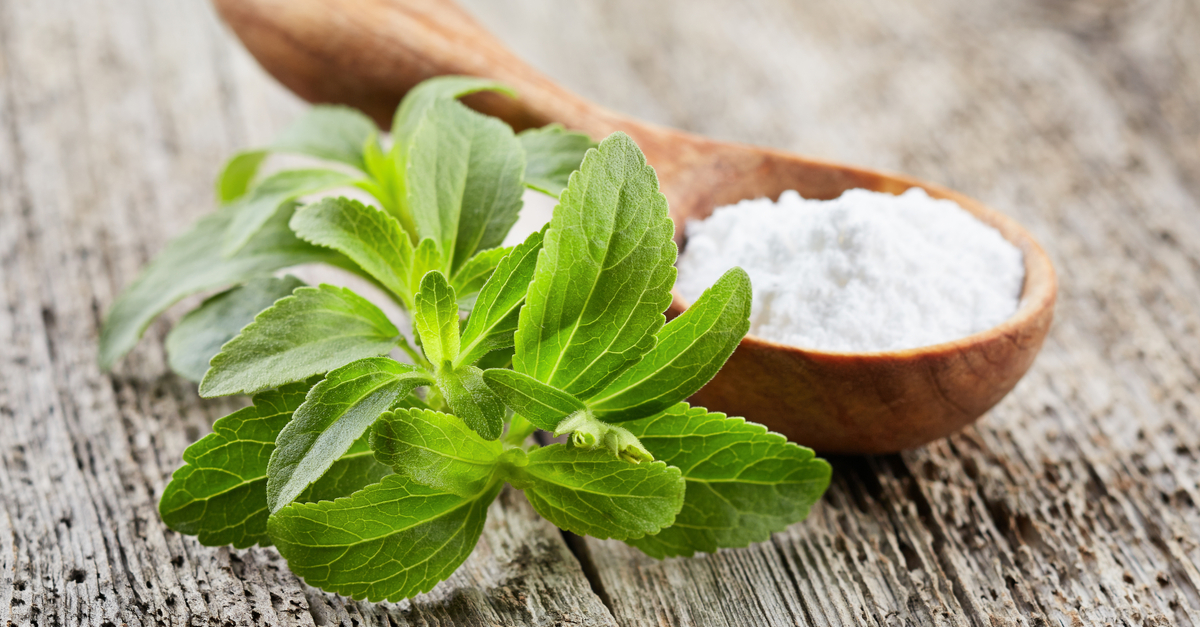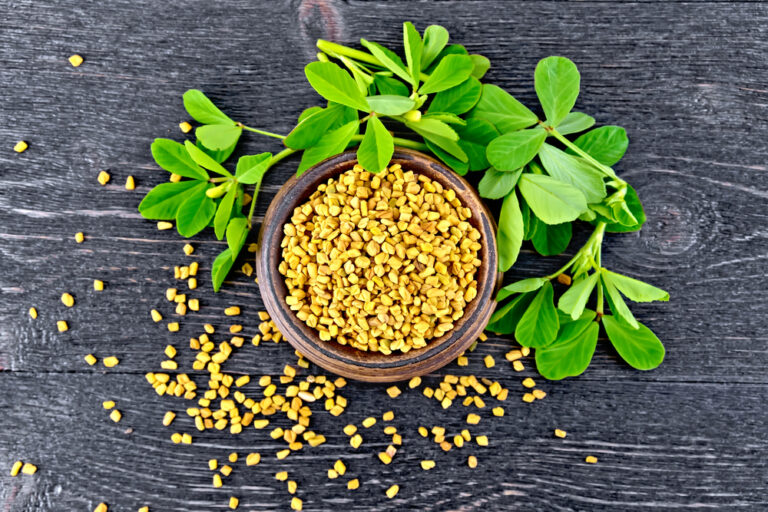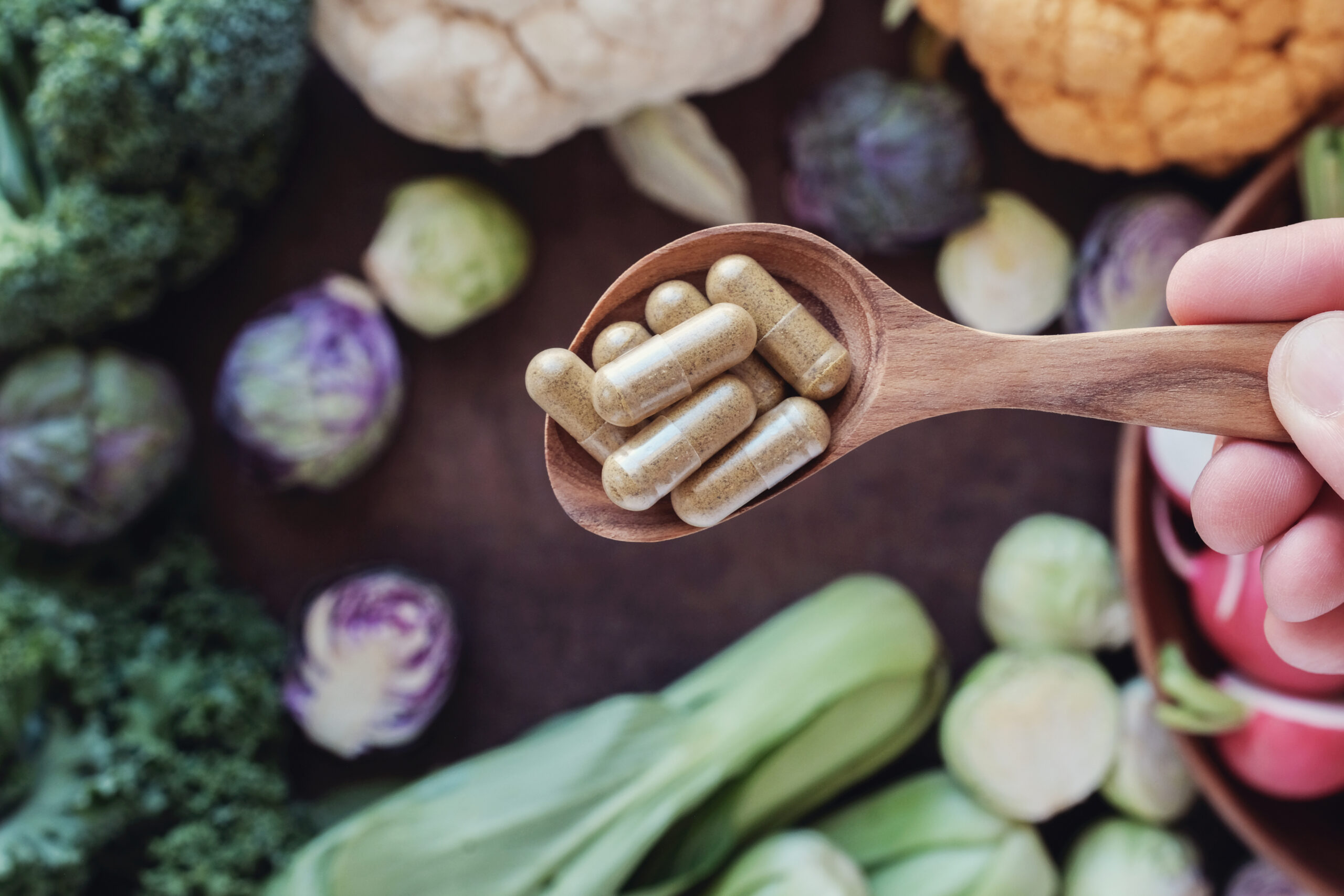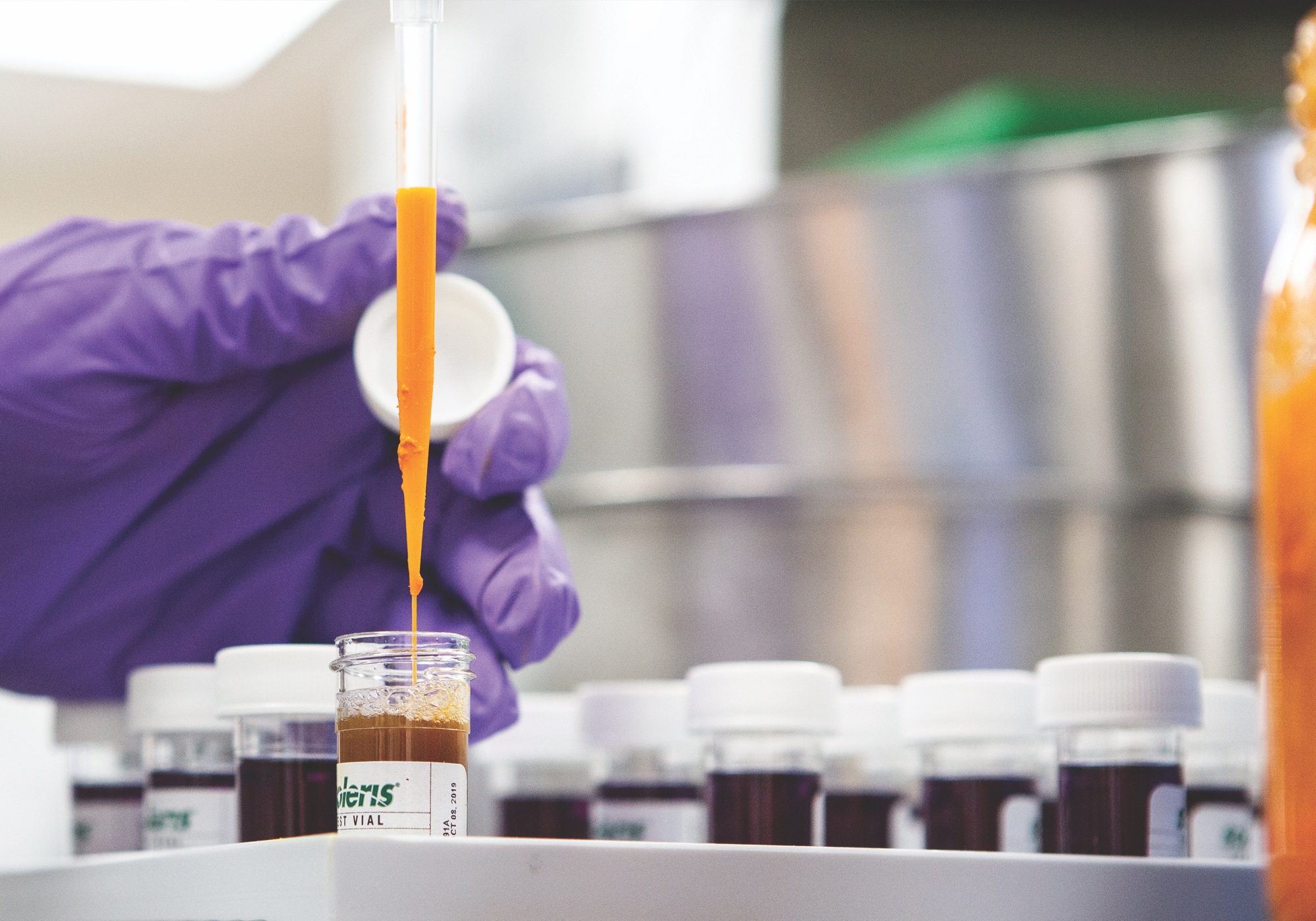Constituents:1,2
- Diterpenoid glycosides including stevioside & rebaudiosides (A-F and others)
- Flavonoids including quercetin, luteolin, chlorogenic, and caffeic acid
- Sesquiterpene lactones
- Fatty acids (palmitic, palmitoleic, stearic, oleic, linoleic, and linolenic)
- Vitamin C, vitamin B2, folic acid and others
- Minerals (Zn, Fe, Ca, K, Na, Mg and others)
- Chlorophyll
Medicinal Actions:3
- Anti-inflammatory
- Antioxidant
- Anti-cariogenic
- Hypotensive
- Hypoglycemic
Traditional Use:
- Stevia leaf has been consumed for hundreds of years in South America both as a medicine and in culinary applications to sweeten food and beverages. In traditional Brazilian medicine it is considered a cardiac tonic, diuretic, hypotensive, and hypoglycemic, and has been used to treat diabetes, ease heartburn, aid in weight loss, depression, fatigue, cavities, and sugar cravings.4
Evidence Based Use:
- Stevia is considered a non-nutritive sweetener, providing a sweet taste with no calories.
- Animal studies with Stevia indicate antioxidant, anti-inflammatory, anti-bacterial, anti-diabetic, anti-hypertensive, hypotensive, hypolipidemic, nephroprotective, anti-obesity, and anti-carcinogenic properties.5,6
- Effects of stevia in healthy human volunteers have shown an increase in glucose tolerance and a decrease in plasma glucose concentrations in treatment groups compared to controls.7 Has also been shown to lower appetite sensation in healthy adults, and may be a useful therapeutic strategy in obesity and diabetes prevention and management.8-10
- Was shown to produce significant antioxidant and anti-inflammatory effects in comparison to other sweeteners such as a sucrose and sucralose in overweight subjects.11
- One small human study showed that steviosides could decrease plasma glucose and postprandial glucose in participants with type 2 diabetes.12 Stevioside has also shown to be a well-tolerated and effective therapy for patients with hypertension based on long term use in clinical trials.13,14
Mechanism of Action + Pharmacology:
- Diterpene glycosides such as stevioside consist of three molecules of glucose and a glucone moiety, steviol. Once the glycoside reaches the colon glucose is released, however the sugars are not absorbed but metabolized by gut bacteria. Steviol is then converted to its glucuronide and excreted by the kidneys.
- Stevia’s glycosides are considered to be 250-300 times sweeter than sugar and are noncaloric.15
- Both stevioside and steviol can increase insulin sensitivity and have been shown to stimulate insulin secretion via a direct action on pancreatic beta cells, indicating a potential role as anti-hyperglycemic agents in the treatment of type 2 diabetes mellitus.16
- Some studies have shown the clinical efficacy of stevia leaves in reducing chronic hypertension by relaxing arteries and helping to prevent the build-up of calcium on artery walls (vasorelaxation primarily induced by stevioside).17
Safety + Toxicity Concerns:
- No adverse reactions have been reported in human clinical trials
- Possible allergy to Asteraceae (daisy) family
- Some animal studies have suggested potential negative effects upon fertility after large doses, however no adverse effects on fertility were observed in several others.18
Interactions:
No clinical trials of drug of supplement interactions have been identified.18 Use caution with insulin and hypoglycemics due to theoretical additive effects







